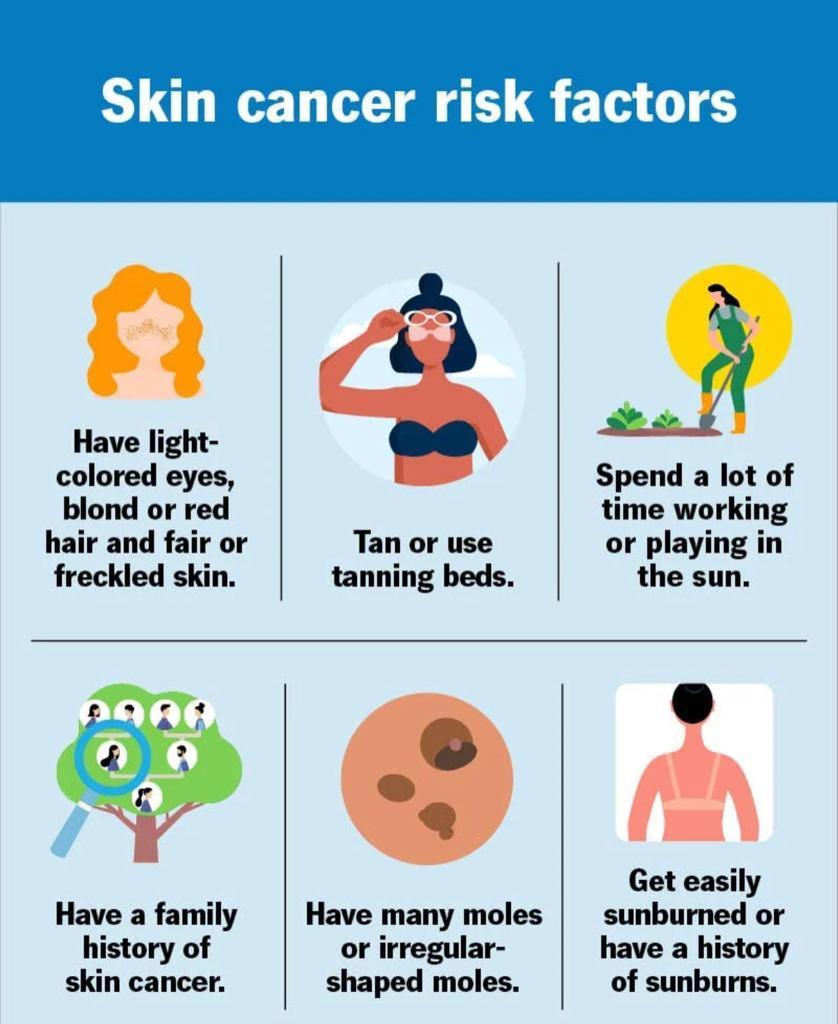Skin cancer is the most common human cancer higher than the incidence of lung cancer, breast cancer, prostate cancer, and colon cancer combined. Despite growing public awareness of the harmful effects of sun and ultraviolet (UV) exposure, the incidence continues to rise. The increasing frequency of skin cancer results from the age shift in the population (incidence of skin cancer increases with age), high ambient solar irradiance, and increasing leisure time spent with natural or artificial UV exposure. Prognosis depends of biology and location of the lesion, as well as host characteristics.

Prevention strategies aimed at reduction of known risk factors, patient education about the importance of early detection and treatment, and the search for more effective and tissue sparing therapies continues.
Tumors arising in the soft tissue form a diverse and complex group, as they may display varying degrees of mesenchymal differentiation. Most soft tissue tumors are benign and are usually cured with a simple surgical excision. Soft tissue sarcomas account for <1% of the overall human burden of malignant tumors but remain life-threatening, and approximately 40% of patients with newly diagnosed soft tissue sarcoma die of the disease.Soft tissue sarcoma, diagnosed at an early stage, is eminently curable. When diagnosed at the time of extensive local or metastatic disease, it is rarely curable. The relatively small number of cases and the great diversity in histopathologic features, anatomic sites, and biological behaviors have made comprehensive understanding of these disease entities difficult. A better consultation is urgently needed to get rid of this disease.

